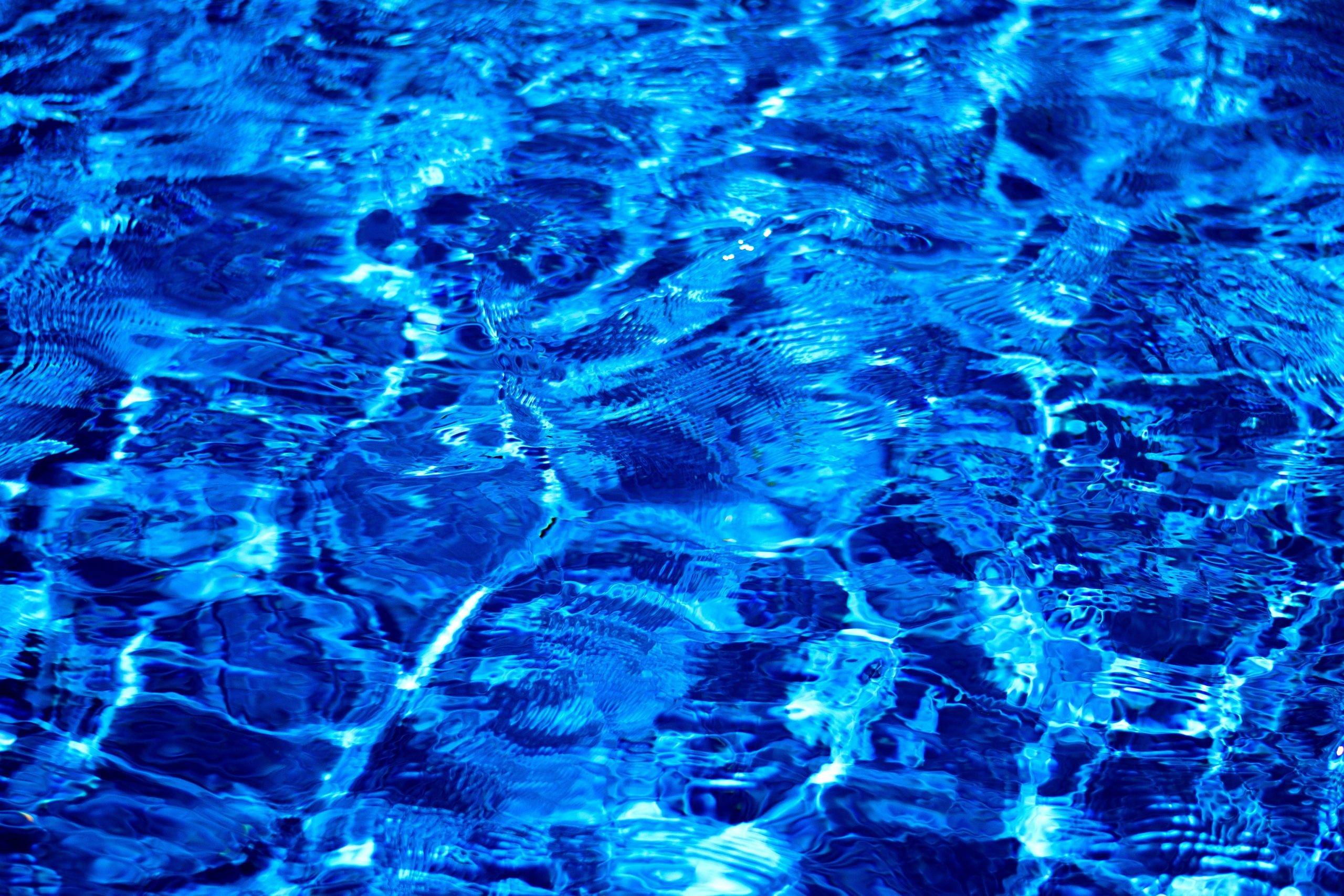I’m thinking there are a lot of great points and counterpoints made in this thread, here’s a bit more, my idea of a “summary”…. I’m thinking that once you wade through the great heat loss estimates from
@JamesW and others, and related efficiency specs for heat pumps running in cooler weather, you still net out with a system that extends the swim season by some small amount – at best perhaps a few weeks on either end – until the costs and ability to recover become untenable. If one moves forward to gain those “extra extended weeks” (or buys a heater strictly for spa use), then we have these other remaining decisions.
On Parallel Vs Series Plumbing: I think the design considerations are quite different when comparing a small residential system that has one or two electric heat pumps and a single water pump - compared to a large system, perhaps commercial that might have up to four heaters and multiple 5HP and/or 7.5HP pumps. For that small residential system I’m still in the camp that prefers series plumbing, for all the reasons noted, especially the cost of getting the needed flow (eg multiple pump costs, pump runtime costs on high speed, etc.).
But it’s a great point being made about warranty and code compliance when you choose series plumbing against manufacturer recommendations. If I were heading that direction I might just buy used heaters that are already off-warranty, plan on doing repairs myself, and wing it about the risks of code compliance. However, there are some important safety considerations. First, no spa (or pool) should ever be heated above 104F, for swimmer safety and for heater safety. So, a provision needs to be made for when the input to heater #1 is 104F, both heaters need to stop. I guess that logic is kinda built in to heater #1, and heater #2 would cut off much earlier. Would have to think through all that logic for various conditions, especially that you want both heaters running until the pool hits desired temp. Some cheap $20 automation might assist, sensing the actual pool temp. When children are “at play” the recommendation is max of 94F, (again for spa mode)and that would be trickier to control, given each heater might raise the temp 7 or even 9 degrees. Not sure how to solve that problem in temp settings.
Beyond the max temperature issue are other things…. Initially I thought it was insanely clever of you
@JamesW to consider driving heater #2 from the low voltage contactor signals of heater #1. But that would need to consider at least three safety devices in heater #2 – the water follow/pressure switch, and the high and low refrigerant pressure cutoff sensors. Those three sensors in heater 2 would need to remain in the path of any contactor feed from heater 1 to heater 2 (especially the high refrigerant pressure cutoff, but really all three). By the time you design around all that, maybe you do go parallel, with all the higher costs of high speed pumps to get the flow
 About covers:
About covers: I guess I’m biased living in the South where covers are helpful here too but not quite as necessary, especially to try and get still greater season extension at lower cost. But there is plenty written in TFP about the downside experience of covers. Like most folks I know in this area that tried covers, we found them ruining the appearance of things, ruinous also of any spontaneity, and that they only last a couple years before they fall apart. Then the worst part about spontaneity is that you despise the removal and replacement for each swim, so you end up not swimming much. Everyone I know, including me, threw away the covers and either pay for more heat or a shorter season, or some combination of that.
Don’t know if I clarified anything! Just thoughts, oh well.








